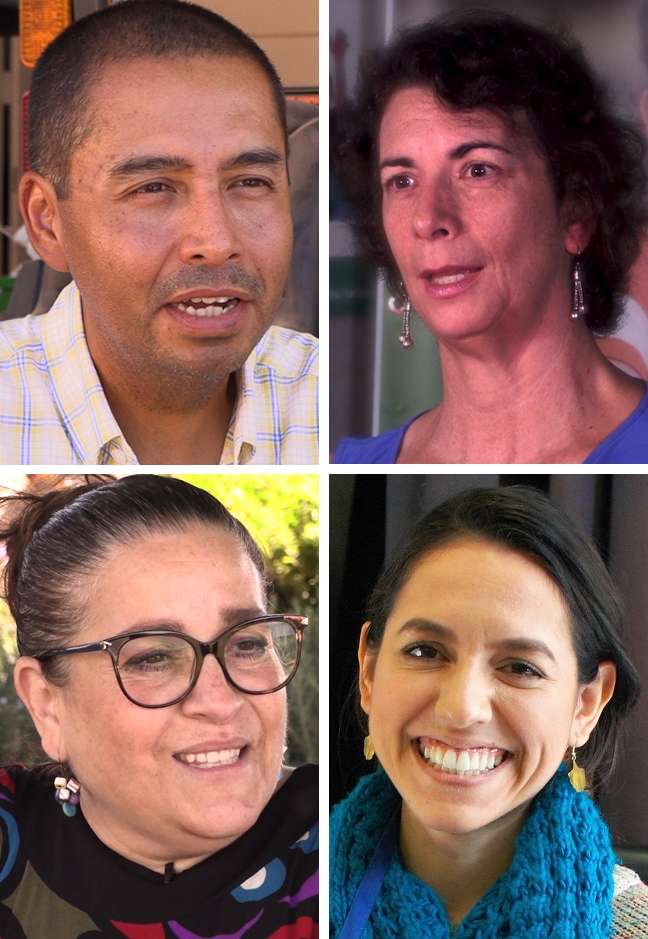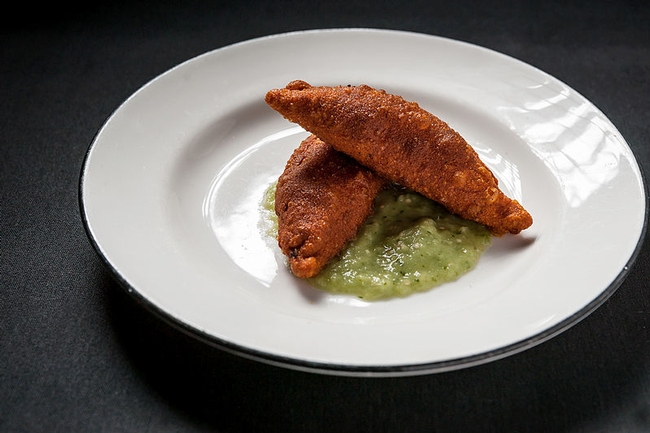Posts Tagged: Maria de la Fuente
Why celebrate Hispanic Heritage Month?

The purpose of Hispanic Heritage Month (September 15–October 15) is to recognize the contributions and vital presence of Hispanic and Latino Americans in the United States. President Lyndon Johnson first approved Hispanic Heritage Week in 1968, and it was expanded to a full month by President Ronald Reagan in 1988.
Why does Hispanic Heritage Month run from mid-September to mid-October? The date was chosen to bookend two milestones for Spanish speaking countries: the celebration of independence from Spain for Mexico, Chile, and, five Central American nations (Guatemala, Honduras, Nicaragua, El Salvador and Costa Rica) and Columbus Day / Día de la Raza. This day is mostly celebrated by the Italian Americans rather than Spanish-speaking immigrants.
In the fabric of our society, the impact of Hispanics is undeniable. It is important for the new generations that our contributions in forging this great nation are valued beyond food and music. From astronauts to physicists, Hispanics have contributed to better our lives. A few examples:
- Luis Walter Alvarez was an American experimental physicist, inventor, and professor who was awarded the Nobel Prize in Physics in 1968.
- Franklin Ramón Chang Díaz is a Costa Rican American mechanical engineer, physicist, former NASA astronaut.
- Ellen O. Ochoa is a Hispanic-American engineer, former astronaut and former Director of the Johnson Space Center.
UC ANR joins in the celebration of Hispanic heritage by profiling four Latino academics, advisors, educators who serve their communities, day after day, applying the UC ANR public values:
- Fe Moncloa - 4-H Youth Development Advisor, UCCE Santa Clara County
- Jairo Diaz - Director of the UC Desert Research and Extension Center
- María de la Fuente – UC Cooperative Extension director in Monterey County and UCCE Farm & Master Gardener Advisor, Monterey & Santa Cruz counties.
- Aileen Carrasco-Trujillo - Bilingual Nutrition Educator, UCCE Santa Clara County
Tomatillos add Mexican flavor to California gardens

UC Cooperative Extension advisor Maria de la Fuente said she has planted tomatillos in her backyard garden every year since she moved to California from Monterrey, Mexico, in 1995. De la Fuente serves UC Agriculture and Natural Resources in various roles. She is the director of UCCE in Monterey County, an advisor to commercial specialty vegetable producers in Monterey, San Benito and Santa Clara counties, and the Master Gardener coordinator in Santa Clara County. She said she personally uses tomatillos regularly to make fresh green salsa, green pico de gallo and flavorful traditional sauces for dishes like chili verde.
“You could use green tomatoes, but it doesn't taste the same,” de la Fuente said. “There's really no substitute.”
Tomatillos are native of Mexico and a staple of Mexican cuisine. De la Fuente, who lives in Santa Clara County, said she starts seeds indoors in March and transplants into her garden in mid-May with great success.
“They grow like weeds, but I also buy a lot in the store,” de la Fuente said. “I make a lot of green salsa.”
Tomatillos, small green or green-purple to red fruits that mature inside paper-like husks, can be a healthful addition to family meals, according to the UC CalFresh nutrition education program, which developed a fact sheet in English and Spanish for cooking and eating tomatillos. Tomatillos contain Vitamin C, Vitamin K and potassium and are naturally low in calories.

To grow tomatillos, spread seeds on moist soil in an egg carton or shallow tray, place in a sunny location inside and keep the soil moist. When the plants are about six inches tall, transplant about three feet apart into garden soil that has been mixed with compost or humus. Select an area where they will get plenty of sun and be sure to plant more than one as two or more are required for proper pollination. The plants will grow to about 3 or 4 feet high and will need support to keep the fruit off the ground.
Tomatillos look like delicate Chinese lanterns on the vine. They are ready to harvest when the fruit fills and splits the husk, but leave the inedible husk on until use. Tomatillos may be kept in a brown paper bag in the refrigerator for about two weeks. For preservation, they may be frozen fresh or cooked. Prepared tomatillo salsa, chutney, relish, jam and sauce may be preserved using boiling water or pressure canning methods.
To prepare tomatillo sauce, gently squeeze the vegetable from the husk. Wash in cool, running water to remove stickiness from the skin. Sauté 2 cups chopped tomatillos, 1 diced onion and 1 diced garlic clove in 2 tbsp. oil. Add ¼ cup of water and heat until the vegetables are soft. Purée in a blender. De la Fuente suggests adding fresh cilantro to enhance the flavor of the sauce.
The CalFresh fact sheet says parents may feed children 6 months of age and older cooked tomatillo and sweet potato puree. Toddlers may be offered small pieces of cooked tomatillos and carrots. Older children may enjoy the vegetable served with cooked potatoes and onion as a burrito filling, or the pureed sauce as a dip with quesadillas, bread or raw vegetables.
An initiative to maintain and enhance healthy families and communities is part of UC Agriculture and Natural Resources Strategic Vision 2025.
